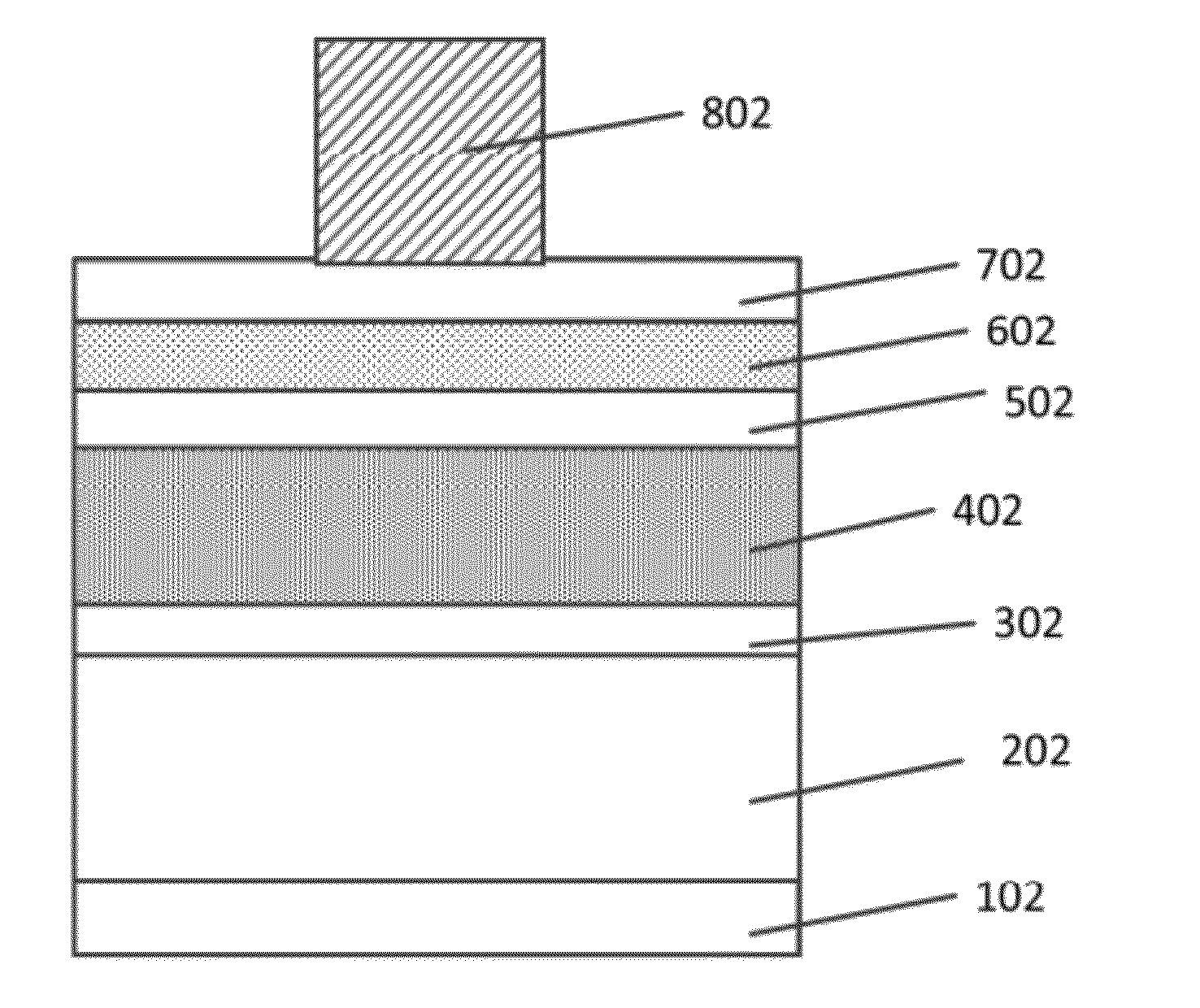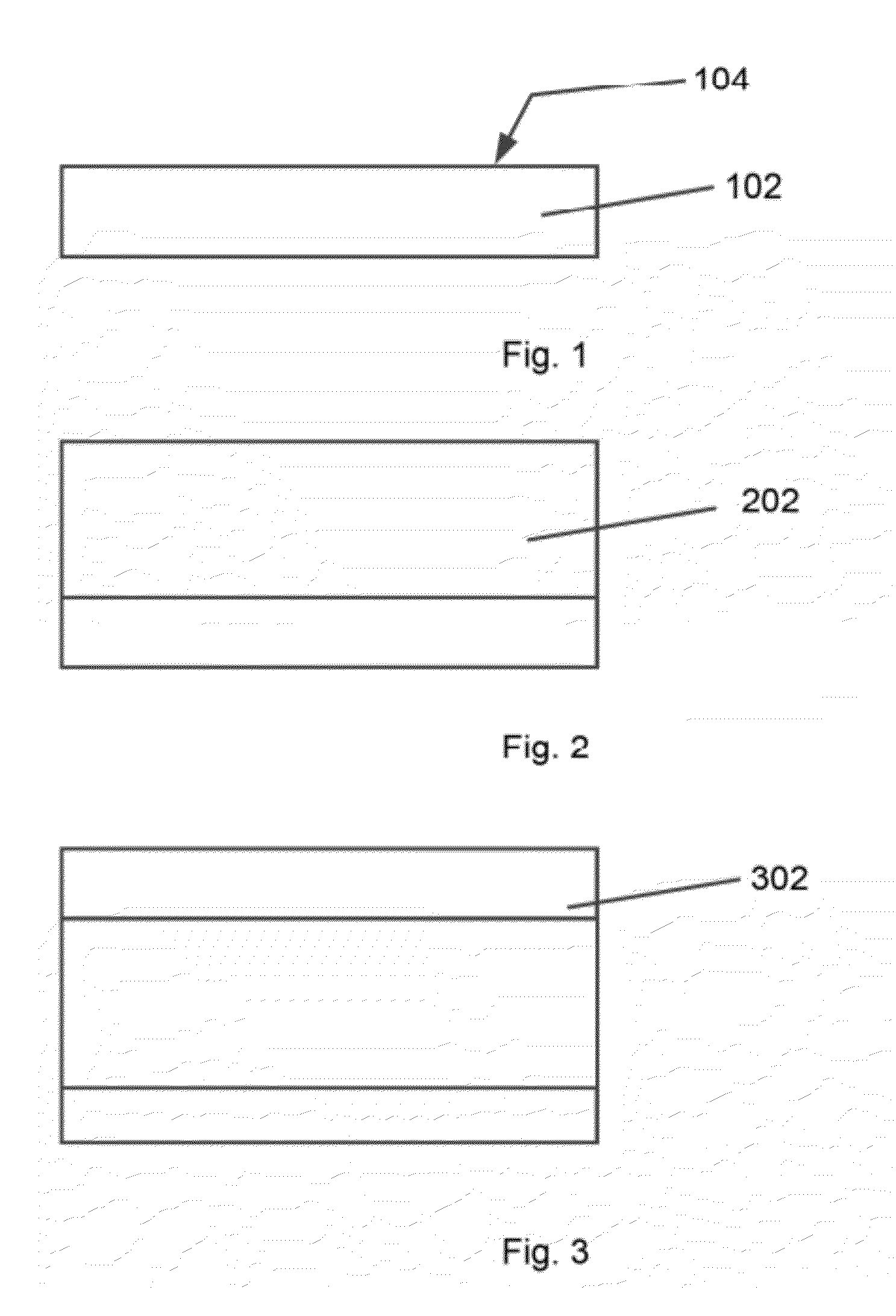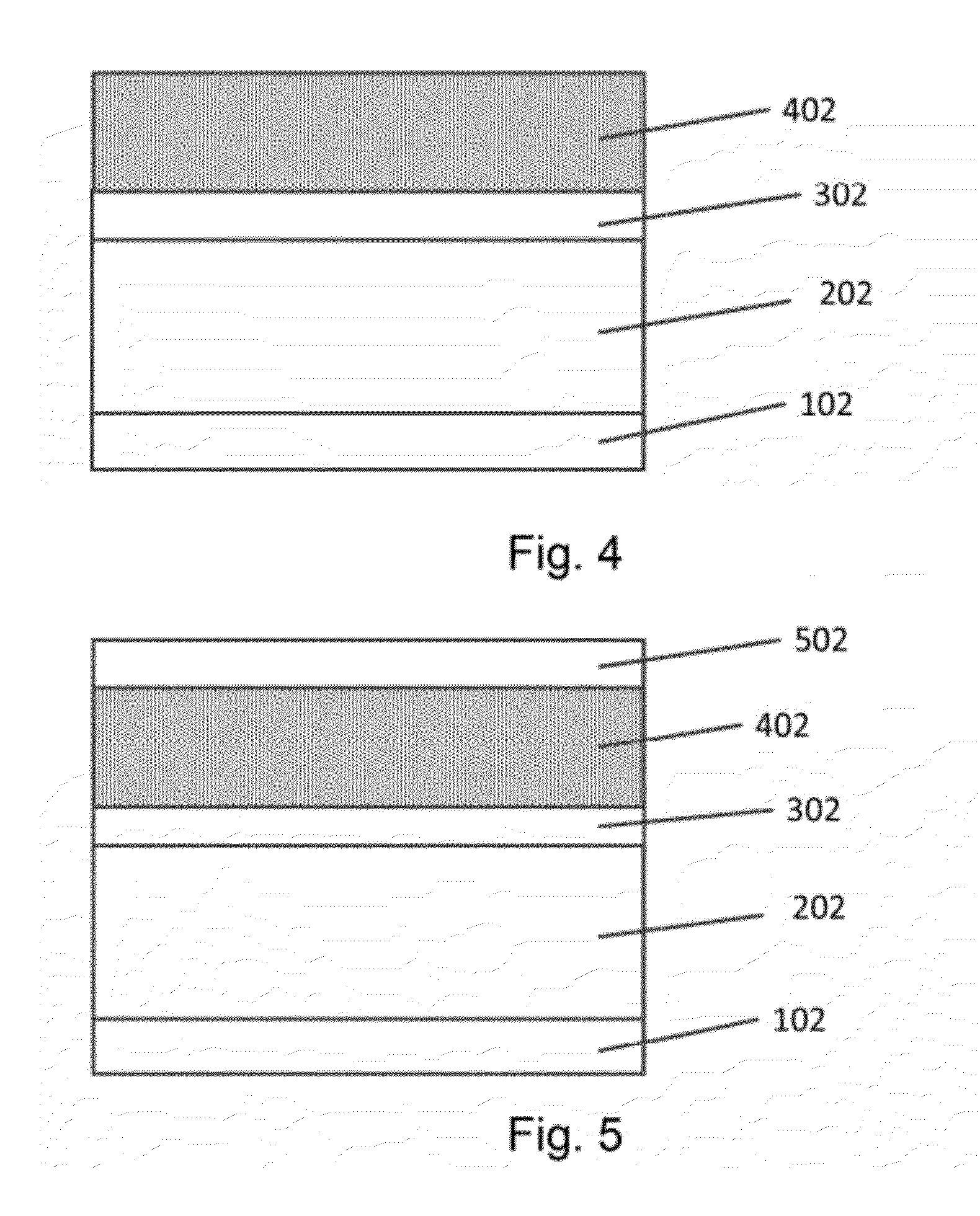Stackable non-volatile resistive switching memory device and method
a resistive switching and memory device technology, applied in the direction of semiconductor devices, electrical devices, transistors, etc., can solve the problems of increasing power dissipation, non-scaling of sub-threshold slopes, and reducing device performan
- Summary
- Abstract
- Description
- Claims
- Application Information
AI Technical Summary
Benefits of technology
Problems solved by technology
Method used
Image
Examples
Embodiment Construction
[0012]The present invention is generally related to resistive switching devices. More particularly, embodiments according to the present invention provide a method and a structure for forming a vertically stacked resistive switching device. The present invention can be applied to non-volatile memory devices but it should be recognized that the present invention can have a much broader range of applicability
[0013]The memory function of current non volatile memory devices are based on charges trapped in a dielectric material or a silicon floating gate. However, scaling of such charge-trap based materials is limited. For example, floating gate devices such as NOR or NAND devices have feature sizes of approximately 10 F2 and 4.5 F2, respectively, where F is the smallest feature size. Embodiments according to the present invention provide a method to form a non-volatile resistive switching device in layers which can be vertically stacked on top of one another to increase device density a...
PUM
 Login to View More
Login to View More Abstract
Description
Claims
Application Information
 Login to View More
Login to View More - R&D
- Intellectual Property
- Life Sciences
- Materials
- Tech Scout
- Unparalleled Data Quality
- Higher Quality Content
- 60% Fewer Hallucinations
Browse by: Latest US Patents, China's latest patents, Technical Efficacy Thesaurus, Application Domain, Technology Topic, Popular Technical Reports.
© 2025 PatSnap. All rights reserved.Legal|Privacy policy|Modern Slavery Act Transparency Statement|Sitemap|About US| Contact US: help@patsnap.com



